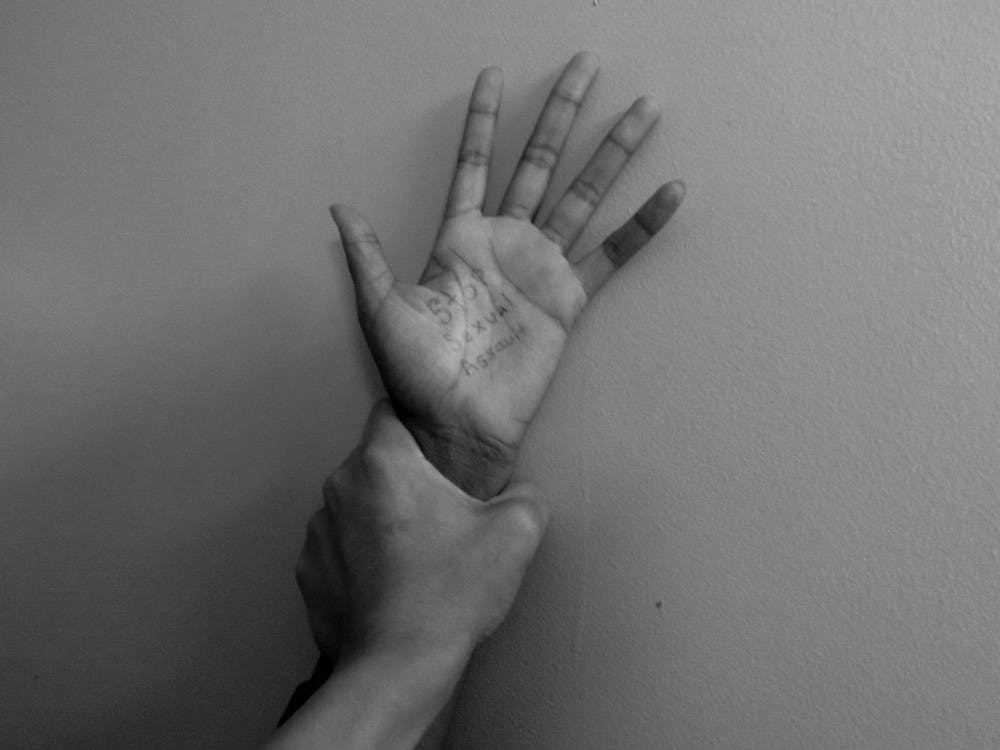In a survey released by the University on Tuesday, 34 percent of student respondents reported that sexual assault or other sexual misconduct is "very to extremely problematic" at UNC, a 9.5 percent increase from 2015.
UNC released the results of the Association of American Universities’ 2019 Campus Climate Survey on Sexual Assault and Misconduct in a school-wide email. The University participated in the first AAU climate survey in 2015.
The survey was originally emailed to the entire student population on Feb. 7 and was open to all undergraduate, graduate, and professional students for 30 days. Students who chose to participate did so anonymously and their data was kept confidential.
“An anonymous survey is important to tap into people who don’t feel comfortable reaching out, and we really want to know what’s going on, what the perceptions are and what the climate is on our campus,” interim Workforce Strategy, Equity and Engagement Chief of Staff Katie Nolan said.
Since the University first took part in the survey in 2015, reported incidents of sexual assaults have increased.
According to the data, 35.3 percent of undergraduate female respondents reported experiencing sexual touching or penetration involving physical force (including attempted penetration), inability to consent or stop what was happening because the student was passed out, asleep or incapacitated due to drugs or alcohol, coercion or no voluntary agreement. 45 percent of women in their fourth year or higher reported the same.
Nolan said the numbers are alarming, but not particularly surprising, considering the data from the past 20 years.
“I was not surprised to see the numbers go up, because I do think as a product and a benefit of the awareness created around these issues nationally for the attention that assault on college campuses have brought as well as the Me Too movement,” Nolan said. “I think people are viewing these experiences differently, and considering experiences they’ve had or that they continue to witness, and recognize them as being problematic whereas maybe they hadn’t before this awareness has brought it out.”
Becci Menghini, interim vice chancellor for Workforce Strategy, Equity and Engagement, said that it is important to recognize that these are reports and that an increase in the number of reports on campus is not necessarily an indicator of whether sexual assaults have increased.




